MakerArt, a new project dedicated to the relationship between contemporary art and new technologies, will take place in the framework of Maker Faire Rome – The European Edition 2019, an event promoted and organized by the Rome Chamber of Commerce through its Special Innova Camera Company which will be held at the New Fair of Rome from 18 to 20 October. MakerArt constitutes, for the first time in the history of this event, the opening to contemporary art through the creation of synergistic and integrated paths between makers and international artists selected by the curator Valentino Catricalà. We now understand the importance of this exhibition moment from his words.
DS: What do you think are the strengths of this edition of Maker Faire?
VC: Being the Maker Faire of Rome the official European edition and, therefore, the largest one, it has many facets ranging from robotics to artificial intelligence, environmental and technological sustainability and this year art, the new section on which we are betting a lot, even in the forecast of future projects. So, art definitely comes as great novelty, but I also can say that the Maker Faire can be a great novelty for art.
DS: What do you expect, in terms of feedbeck, from this first time of MakerArt and from the opening to the contemporary by an event of this importance?
VC: It is also a new challenge for me. I have been dealing with the relationship between art and technology for years, both in the field of curating and of academic studies. In recent years my interest in the relationship between art and innovation has increased (a book of mine about this theme is going to be published by the Londoner publisher Rowmann & Littlefield), being able to enter in the largest context of creativity and innovation in Europe is an important occasion. It fascinates me to put artists together with companies in the technology sector, in order to create new synergies with engineers and technicians, to think about new forms of production and to collaborate with research centers. All this represents a new world still to be explored.
DS: Also considering your studies, how much importance do you think the relationship with new technologies is acquiring in artistic research?
VC: Believing that the relationship with technology is something new is a mistake. It is the mistake that many people make today that throw themselves on these themes, a look at the past is fundamental. It is true, however, that today there is a greater interest both from the art world for the technological sector, and from the technological sector for the art world. It can represent the opening to a new world. The problem is that this synergy must be well oriented and addressed, otherwise you risk a misunderstanding and, therefore, a failure. In my opinion, this may be the new role of a cultural institution today, or of an art curator: take up the reins and to work as a guide.
DS: Do you think that in the development of the binomial Art / Technology the collaboration between artists and companies of the sector can play a decisive role?
VC: For many years artists have been working with companies, we can think about Bell Labs in the United States during the Seventies, but only today it is becoming a real trend. Think about the Microsoft Research 99 program, or the artist residences promoted by Google, Adobe, etc. What is being created is a real new trend, both cultural and of marketing. The Maker Faire is the right place for this experimentation, being the reign of innovation. Art must take a leading role inside this context. The artist invents new technologies by experimenting, however his goal is never the invention itself, but the possibility that gives the technological medium to his poetic research, for the epiphany of his vision. This is fundamental for the market today: for the production of new creative contents for new platforms, the inclusion of an ethical and deeper vision, to ethically orientate innovation.
DS: By an overall reading, what do you think are the stylistic features that emerge most from the work of the artists on show?
VC: First of all I want to underline that we have adopted a particular curatorial approach. I preferred not to have an art pavilion, but to spread the works within the fair, creating an ad hoc path and allowing the building of a new synergy with the context. It was not easy to choose the artworks, but I am very happy to be able to show some fathers of the relationship with technology such as Bill Vorn, Joaquin Fargas, Cod.Act, Patrick Tresset, and more or less young national and international artists, like Aura Satz, Donato Piccolo, Richard Garet, Fedrico Solmi, Chiara Passa and many others. This year we preferred to focus on themes such as artificial intelligence, environmental sustainability, robotics, and the sound universe.
DS: Summing up, finally, do you feel that the comparison with art can be a winning bet for a manifestation like this and, above all, something replicable?
VC: As mentioned, this experience represents a challenge that, if won, can really lead to something new. What more art can do today is fundamental and this should also be understood by the art world. If we do well, something unexpected can may come up. What I’m trying to do is to bring art into the world of innovation and, at the same time, bring innovation to the art world.
Info:
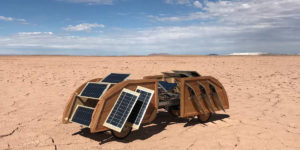 Joaquiìn Fargas, Rabdomante, 2019
Joaquiìn Fargas, Rabdomante, 2019
 Mattia Casalegno, Grass Roller, 2017
Mattia Casalegno, Grass Roller, 2017
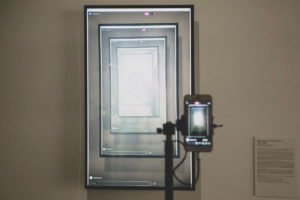 Sergey Komarov e Alexey Grachev, EXALTATION, 2018
Sergey Komarov e Alexey Grachev, EXALTATION, 2018
 Cod.Act, πTon, 2017
Cod.Act, πTon, 2017
 Bill Vorn, Hysterical Machine, 2010
Bill Vorn, Hysterical Machine, 2010
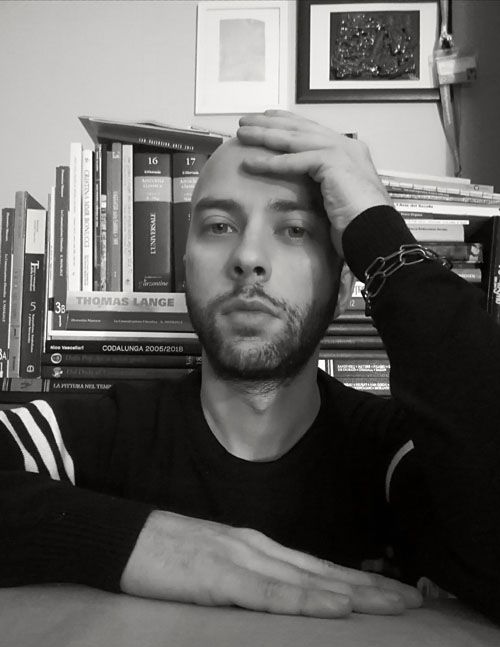
Contemporary art critic and curator, he has curated exhibitions in galleries, independent and institutional spaces. He has lectured in Italy and abroad. His texts and research are published in catalogs, sector magazines, gallery editions and monographs. He is the curator of artist archives, contributor to specialized magazines and press offices. He collaborates with foundations, public museums, publishing houses and universities on research and curatorial projects.


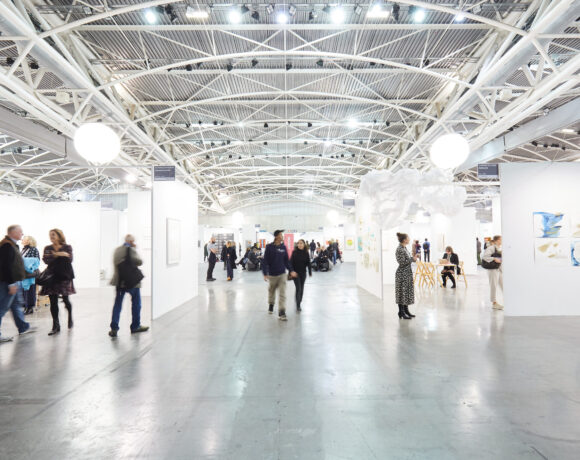
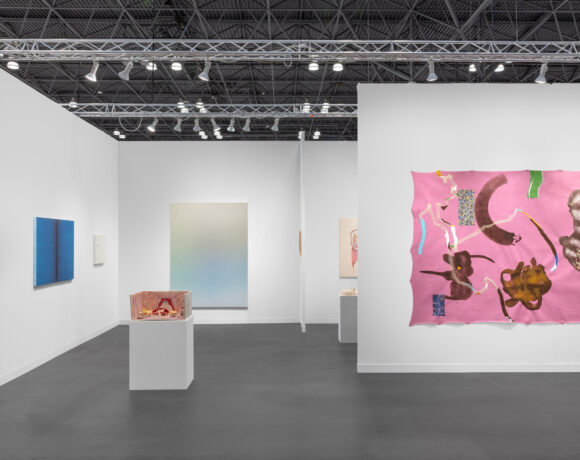
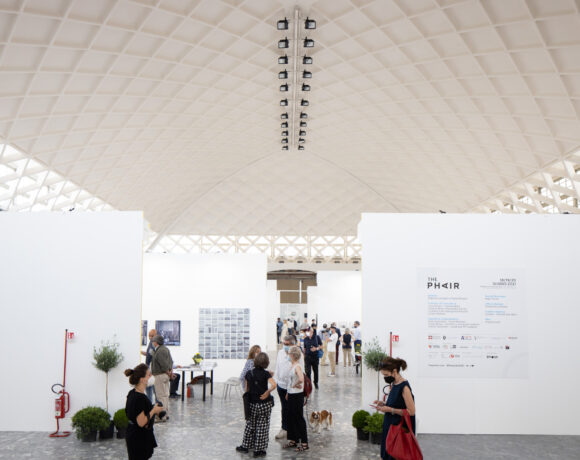

NO COMMENT